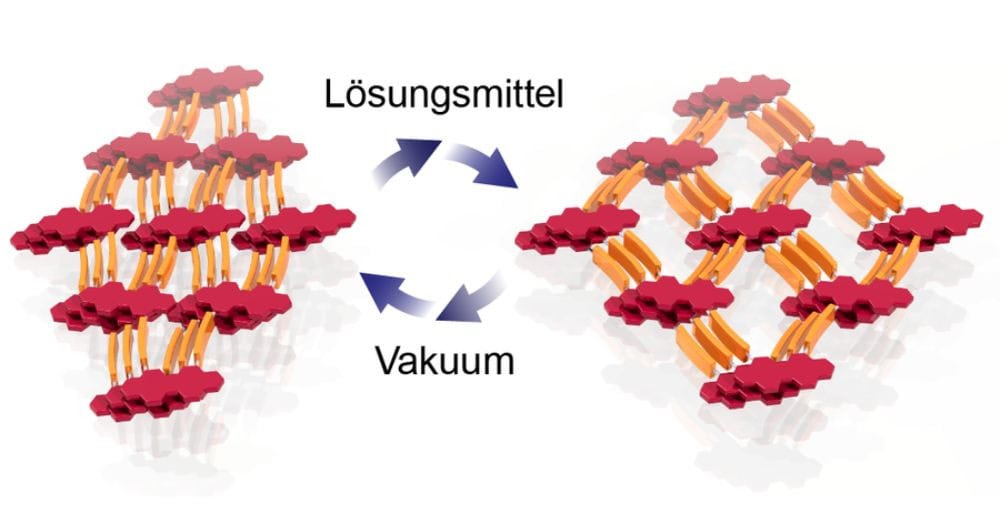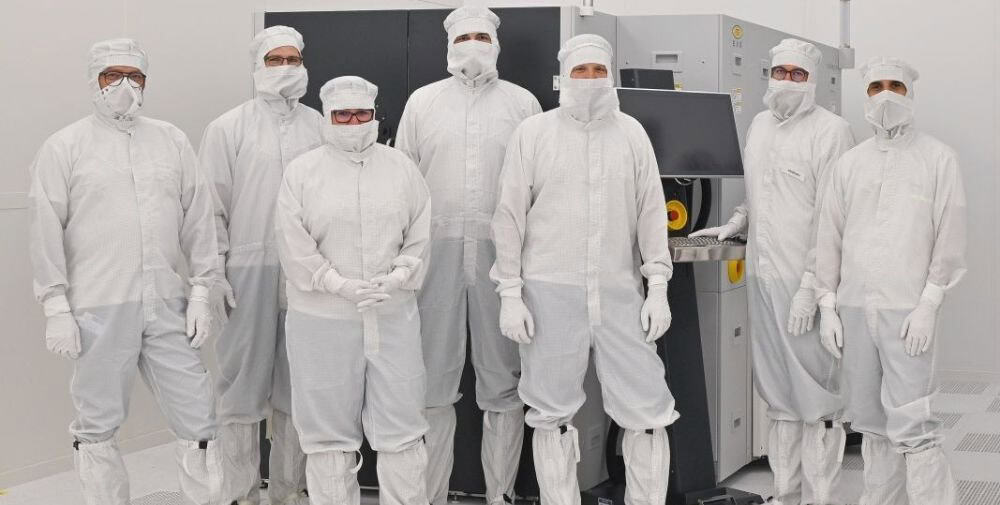
“When we send a current through certain materials, they can generate a voltage perpendicular to the current flow. We physicists call this phenomenon the Hall effect, which is actually a collective term for effects that have the same effect but differ in the underlying mechanisms at the electron level. Typically, the registered Hall voltage is linearly dependent on the applied current,” says Dr. Denys Makarov from the Institute of Ion Beam Physics and Materials Research at the HZDR.
Most of these effects are due to the influence of magnetic fields or magnetism in the material. In 2015, however, a research team discovered that the Hall effect can also occur without the influence of magnetism. “We achieve this with materials whose crystalline arrangement enables Hall voltages that are no longer linearly related to the current,” adds Prof. Carmine Ortix from the Department of Physics at the University of Salerno. This effect is of great interest because it enables new types of components for high-speed electronics.
The two researchers set out to find suitable materials and possible practical applications for this so-called non-linear Hall effect. While Ortix is a theoretical physicist, Makarov contributes the experimental know-how – and the connection to other institutes at the HZDR, which are significantly involved in the work with their expertise. “We have joined forces with colleagues from the ELBE Center for High Power Radiation Sources, the High Field Magnet Laboratory and the Institute for Resource Ecology. The common goal: to find a suitable material in which this quantum effect occurs in a controlled manner at room temperature and which is also easy to handle and non-toxic,” says Makarov, describing the starting point of the joint work.
Familiar material, new properties
The team has found a candidate with these properties in elemental bismuth. Bismuth is known for its strong classical Hall effect, which is observed in the solid material. However, the researchers have now discovered that quantum effects dominate at the surface of the element and determine the current flow – even at room temperature.
A major advantage of this feature is that the thin films with quantum properties can be applied to a variety of substrates suitable for electronic applications, such as silicon wafers and even plastic. The team achieves control of the quantum effect through sophisticated microfabrication: the currents can be directly influenced via the geometry of the channels on the chip.
New quantum materials with technological relevance
Other teams had already developed a number of materials that exhibit the non-linear Hall effect, but do not combine all the desirable properties. Graphene, for example, is environmentally friendly and its non-linear Hall effect can be well controlled, but only at temperatures below around -70 degrees Celsius. This means that if the researchers want to use the effect, they have to cool the material with liquid nitrogen. For other compounds, they would have to use even lower temperatures.
Currently, research is focused on finding suitable materials, but the team from Rossendorf and Salerno is already thinking ahead. “We see technological potential for our thin-film materials above all in the conversion of terahertz electromagnetic waves into direct current. This will make new components for high-frequency communication possible,” says Ortix. To ensure significantly higher data transmission rates, future wireless communication systems will have to extend the carrier frequency beyond 100 gigahertz into the terahertz range, which is not possible with current technologies.
Publication
P. Makushko, S. Kovalev, Y. Zabila, I. Ilyakov, A. Ponomaryov, A. Arshad, G. Lal Prajapati, T. V. A. G. de Oliveira, J.-C. Deinert, P. Chekhonin, I. Veremchuk, T. Kosub, Y. Skourski, F. Ganss, D. Makarov, C. Ortix, A tunable room-temperature nonlinear Hall effect in elemental bismuth thin films, in Nature Electronics (2024) (DOI: 10.1038/s41928-024-01118-y)
Contact
Dr. Denys Makarov
Head of Smart Materials and Functional Elements
Institute of Ion Beam Physics and Materials Research at HZDR
Tel.: +49 351 260 3273
Email: d.makarov@hzdr.de
Prof. Carmine Ortix
Dipartimento di Fisica E. R. Caianiello
Universita’ di Salerno
Tel: +39 089 969352
Email: cortix@unisa.it
– – – – –
Further links
👉 www.hzdr.de
Photo: B. Schröder/ HZDR




